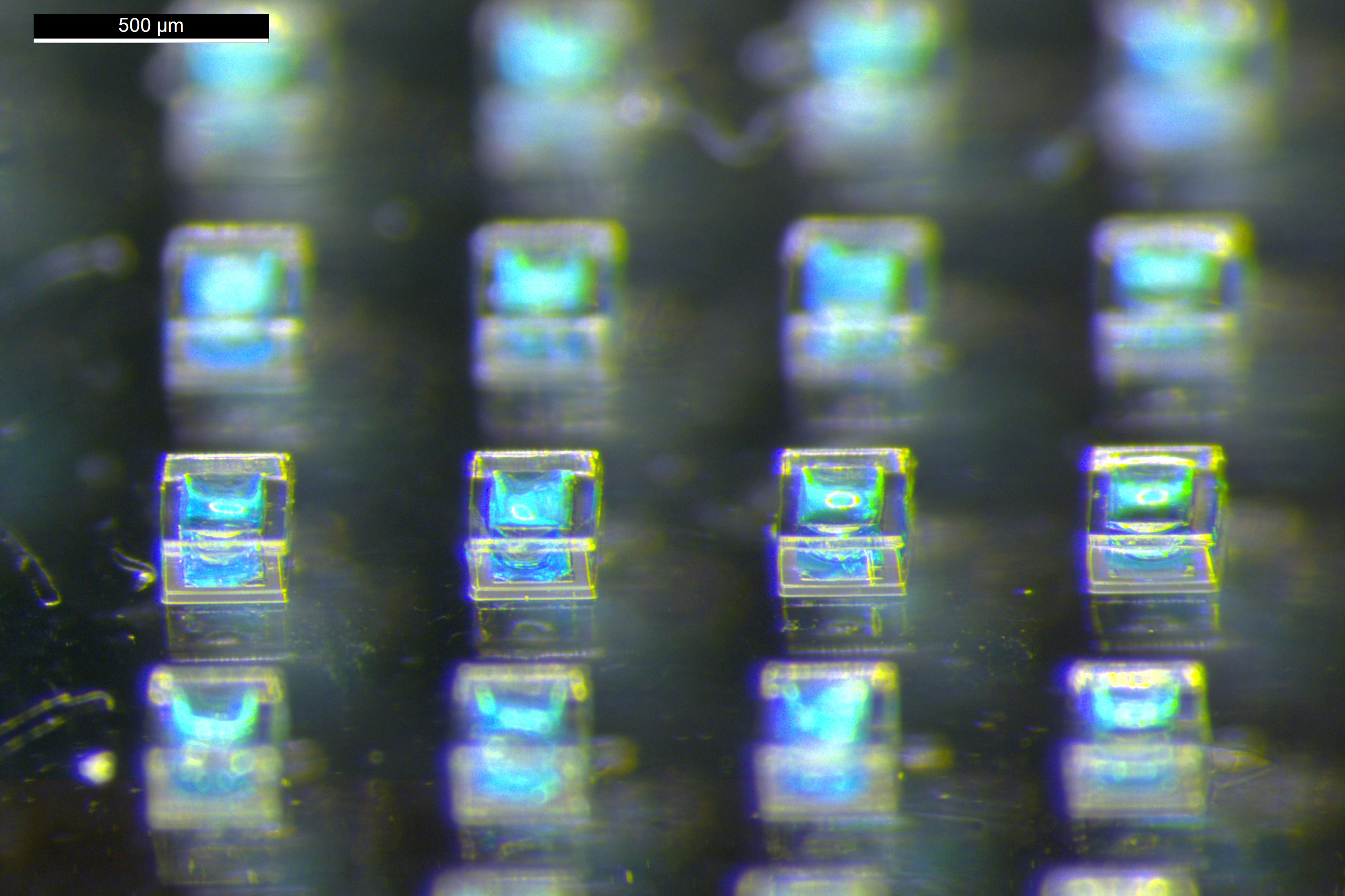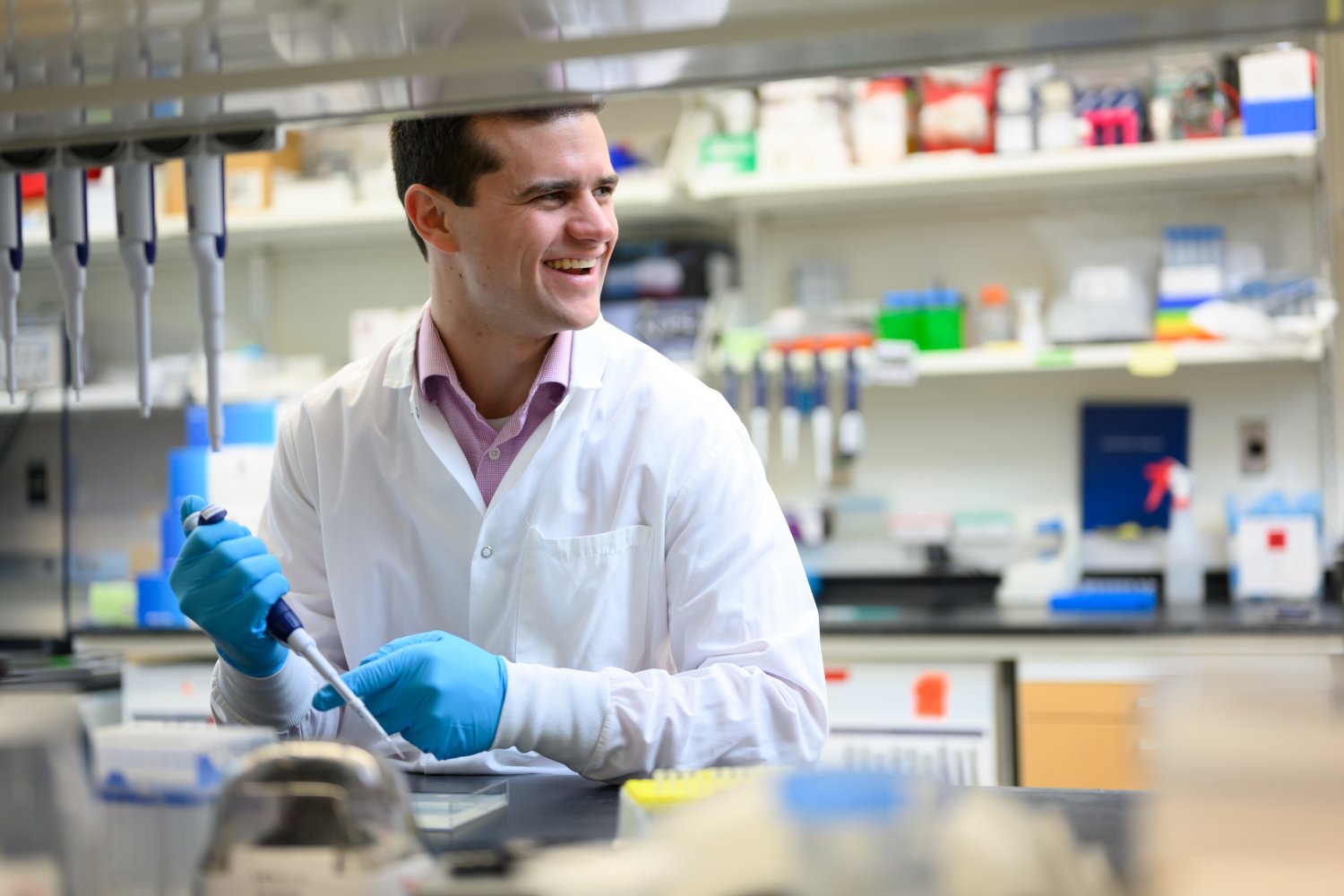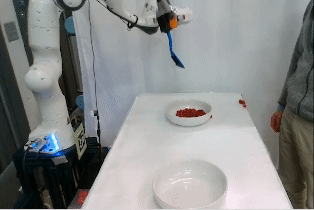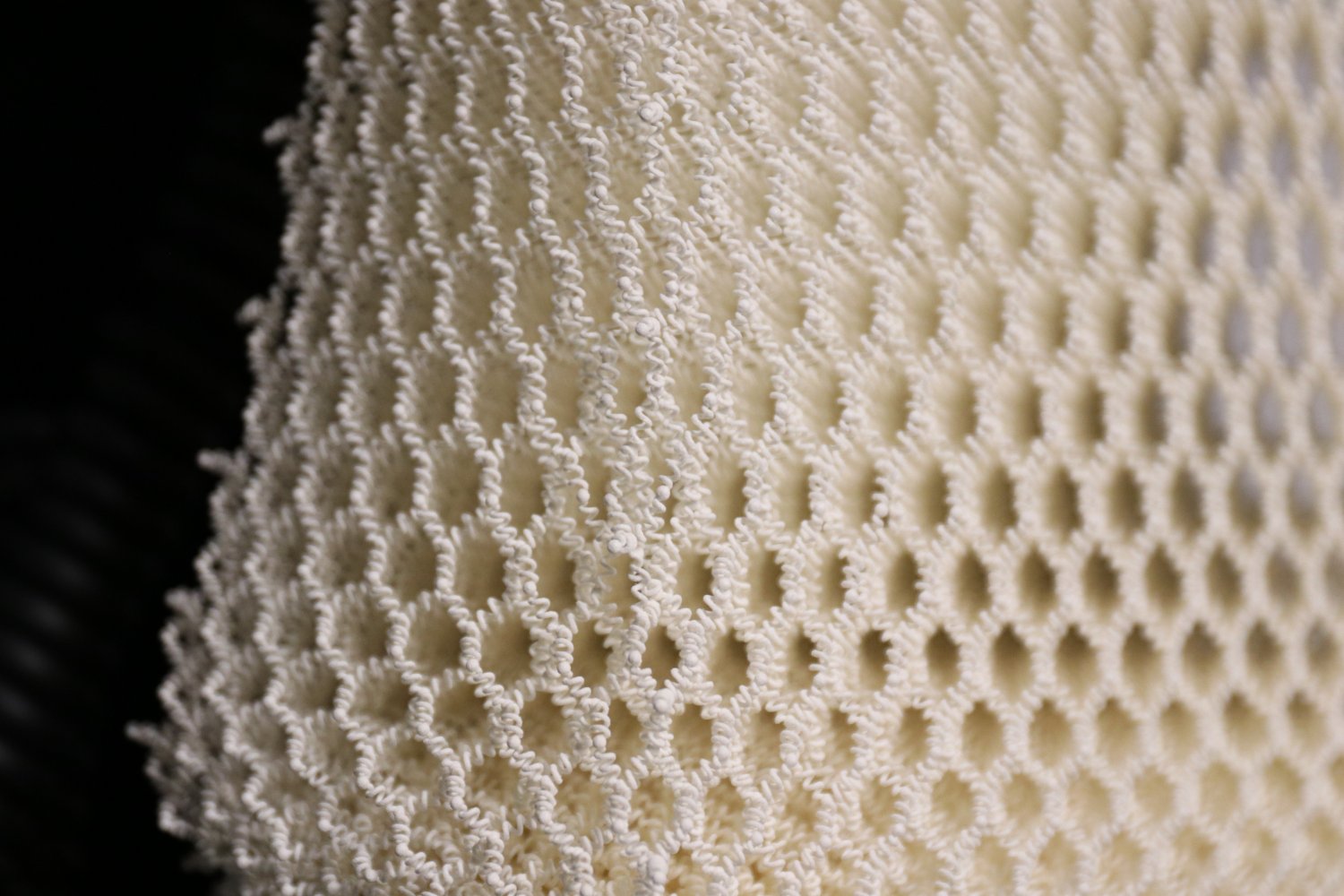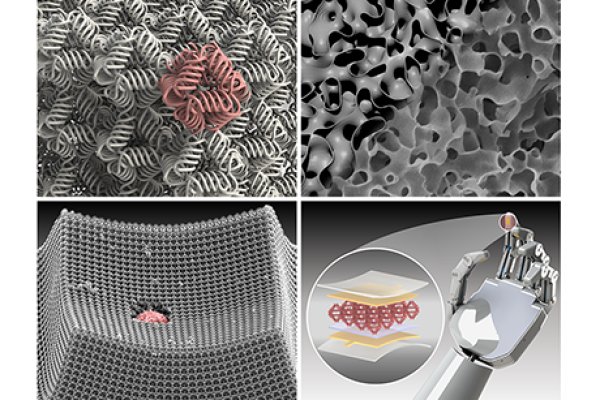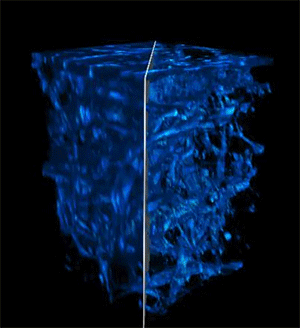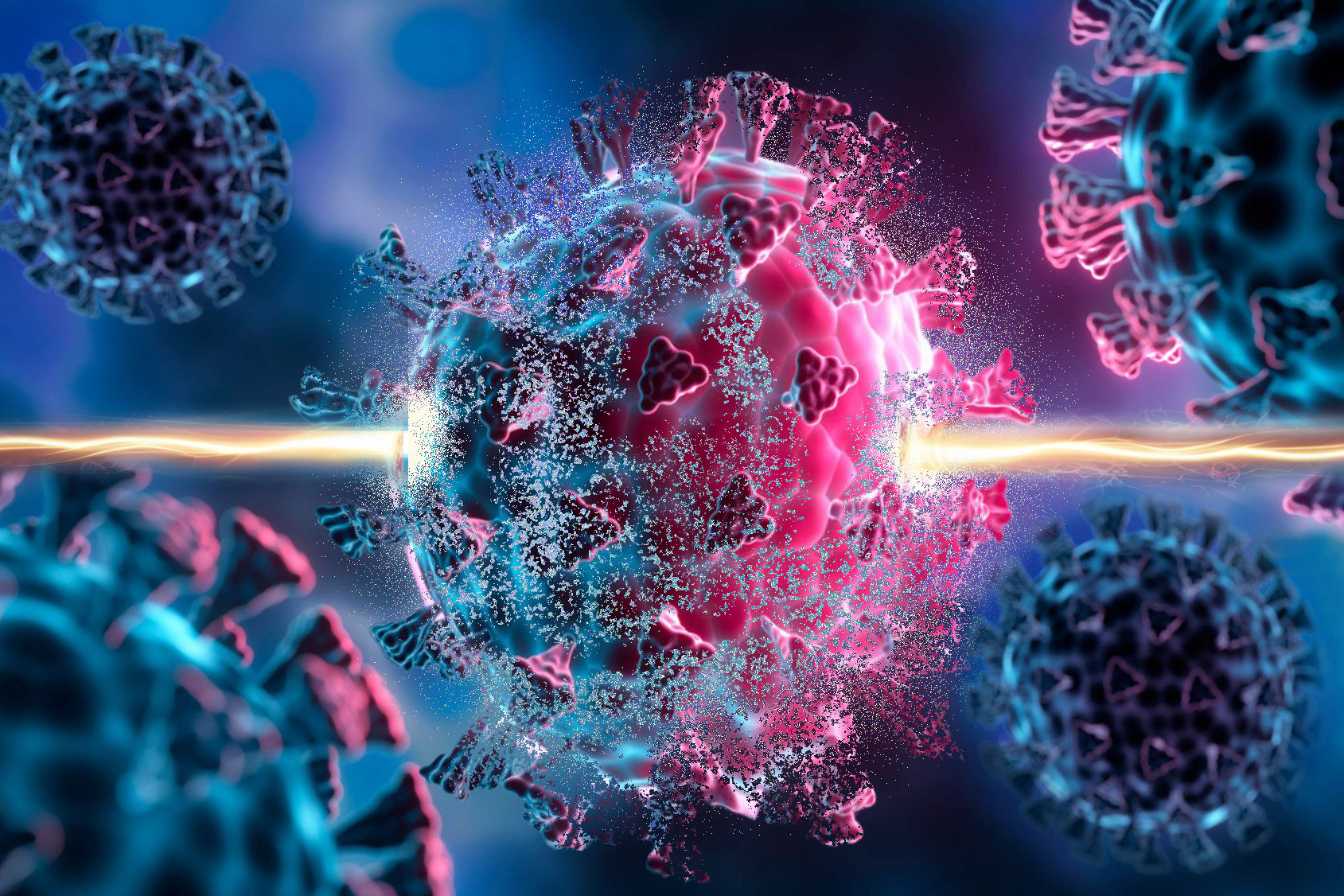
Researchers at MIT and other institutions have identified compounds that can fight off viral infection by activating a defense pathway inside host cells. These compounds, they believe, could be used as antiviral drugs that work against not just one but any kind of virus.
The researchers identified these compounds, which activate a host cell defense system known as the integrated stress response pathway, in a screen of nearly 400,000 molecules. In tests in human cells, the researchers showed that the compounds help cells fend off infection from RSV, herpes virus, and Zika virus. They also proved effective in combating herpes infection in a mouse model.
The research team now plans to test the compounds against additional viruses, in hopes of developing them for eventual clinical trials.
“We’re very excited about this work, which allows us to harness the stress response of the host cells to arrive at a means to identify and develop broad-spectrum antivirals,” says James Collins, the Termeer Professor of Medical Engineering and Science in MIT’s Institute for Medical Engineering and Science (IMES) and Department of Biological Engineering.
Collins and Maxwell Wilson, an associate professor of molecular biology at the University of California, Santa Barbara and chief scientific officer of Integrated Biosciences, are the senior authors of the new study, which appears in Cell. Felix Wong, a former MIT postdoc and chief executive officer of Integrated Biosciences, is the lead author of the paper. In addition to MIT, UCSB, and Integrated Biosciences, the research team also includes scientists from Illumina Ventures and Princeton University.
Boosting cell defense
In human cells, the integrated stress response pathway is turned on in response to viral infection as well as other types of stress such as starvation. During viral infection, the pathway is triggered by double-stranded RNA, a molecule produced during the replication cycle of viruses. When that RNA is detected, the cell shuts down protein synthesis, which blocks the virus from producing the proteins it needs to replicate.
Compounds that boost this pathway, the researchers believe, could be good candidates for new antiviral drugs that could combat any type of virus.
“Typically, how antivirals are developed is that you develop one antiviral for one specific virus,” Wong says. “In this case, we hypothesized that being able to modulate the host cell stress response might give us a new class of broad-spectrum antivirals — compounds that directly act on the host cells to alter something fundamental about how all viruses replicate.”
To help them identify compounds that would enhance the activity of this pathway during viral infection, the researchers invented a novel optogenetic screen. Optogenetics is a bioengineering technique that allows researchers to insert light-sensitive proteins into the genome of a cell. In this case, the researchers engineered modifications to a protein called PKR, which turns on the stress pathway, so that they could turn it on with light.
Using this technique, the researchers screened a library of nearly 400,000 commercially available and proprietary chemical compounds. Each of these compounds was applied to human cells as the cells were also exposed to blue light, which simulated viral infection by activating PKR.
By measuring the cells’ survival rates, the researchers could determine which compounds boosted activation of the pathway and amplified the cells’ ability to shut down viral reproduction. This screen yielded about 3,500 compounds with potential antiviral activity, which were evaluated further.
“If the pathway were turned on in response to viral infection, what our compounds do is they turn it on full blast,” Wong says. “Even in the presence of a small amount of virus, if the pathway is triggered, then the antiviral response is also maximized.”
Fighting infection
The researchers then selected eight of the most promising compounds and screened them for their ability to kill viruses while avoiding harmful effects in human cells. Based on these tests, the researchers chose three top candidates, which they called IBX-200, IBX-202, and IBX-204.
In cells that were infected with either Zika virus, herpes virus, or RSV, treatment with these compounds significantly reduced the amount of virus in the cells. The researchers then tested one of the compounds, IBX-200, in mice infected with herpes virus, and found that it was able to reduce the viral load and improve symptoms.
Experiments showed that these compounds appear to turn on an enzyme that is involved in detecting stress. This activates the stress response pathway and primes the cells to become more responsive to viral infection. When applied to cells that are not already infected, the compounds have no effect.
The researchers now plan to evaluate their lead candidates against a broader range of viruses. They also aim to identify additional compounds that activate the integrated stress response, as well as other cellular stress pathways with the potential to clear viral or bacterial infections.
The research was funded by the Defense Threat Reduction Agency, the National Science Foundation, the U.S. Army Research Office, and Integrated Biosciences.

